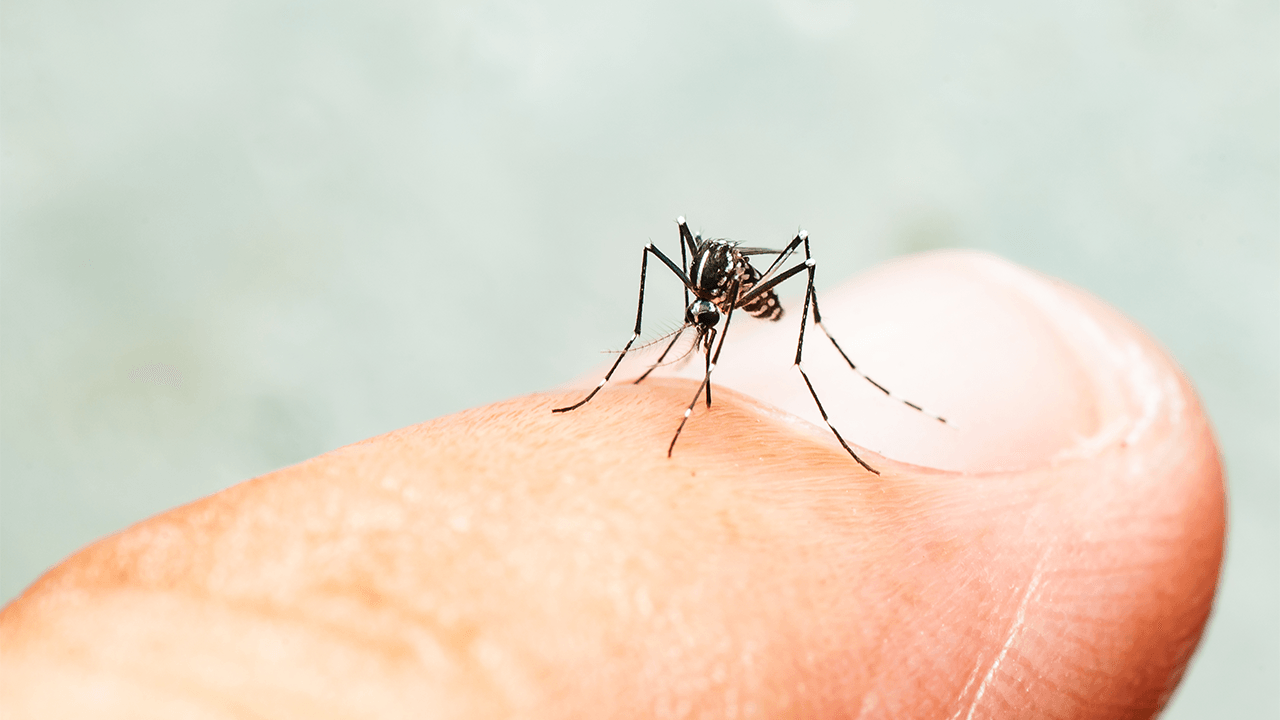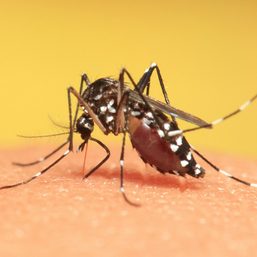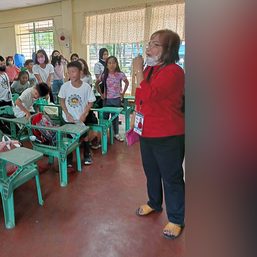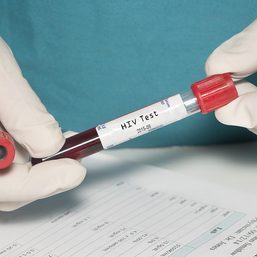SUMMARY
This is AI generated summarization, which may have errors. For context, always refer to the full article.

NEGROS OCCIDENTAL, Philippines – The Department of Health (DOH) has stepped up efforts to combat the deadly dengue fever as Western Visayas and the newly-created Negros Island Region (NIR) saw a 25% increase in the number of infections in June.
The health department activated dengue fast lanes in various rural health centers and hospitals in the two regions.
As of June 22, DOH in Western Visayas recorded 4,030 dengue cases with 10 deaths since January, marking a 25% increase compared to the 3,213 cases it documented during the same period in 2023.
The DOH has yet to establish a regional office in the NIR, a region composed of the provinces of Negros Occidental, Negros Oriental, and Siquijor, which were carved out of the Western and Central Visayas regions.
Iloilo province in the NIR saw the highest number of dengue cases with 1,194 and four deaths, followed by Negros Occidental with 580 cases and three deaths.
Western Visayas’ Aklan province logged 577 cases and one death, Capiz with 472 cases and one death, Antique with 272 cases, Iloilo City with 226 cases, Guimaras with 190 cases, and Bacolod City with 159 cases. Negros Occidental and Bacolod are now under the newly-created region.
Dr. Adriano Suba-an, DOH-Western Visayas director, said they were working to ensure that each patient receives prompt care through the activated dengue fast lanes. The special lanes prioritize dengue patients in healthcare facilities, ensuring they receive timely medical attention from admission to treatment.
Suba-an called on local governments to establish hydration areas within rural health units and healthcare facilities to prevent overcrowding in hospitals.
Despite the surge in cases increasing the demand for health services, Suba-an assured that they were effectively managing the situation.
The health department has dispatched health experts to conduct on-site investigations and educate residents on identifying dengue symptoms, especially during the rainy season.
The World Health Organization (WHO) said dengue is the fastest-spreading mosquito-borne disease, which is likely to increase during the rainy season. It noted a 30-fold rise in dengue cases over the past 50 years.
Dengue can escalate into severe forms, posing a major public health concern, and WHO attributed the increased mosquito breeding to climate conditions, unclean environments, unplanned urban settlements, and rapid urbanization, particularly in urban and semi-urban areas.
As part of preventive measures, Suba-an advised the public to adhere to the DOH’s “4S” strategy: search and destroy mosquito breeding sites; take self-protection measures; seek early treatment for symptoms; and support fogging in outbreak situations. – Rappler.com
Add a comment
How does this make you feel?




![[Free to disagree] Ending victimhood](https://www.rappler.com/tachyon/2024/05/TL-Ending-victimhood-May-20-2024.jpg?resize=257%2C257&crop_strategy=attention)






![[Rappler’s Best] US does propaganda? Of course.](https://www.rappler.com/tachyon/2024/06/US-does-propaganda-Of-course-june-17-2024.jpg?resize=257%2C257&crop=236px%2C0px%2C720px%2C720px)




There are no comments yet. Add your comment to start the conversation.